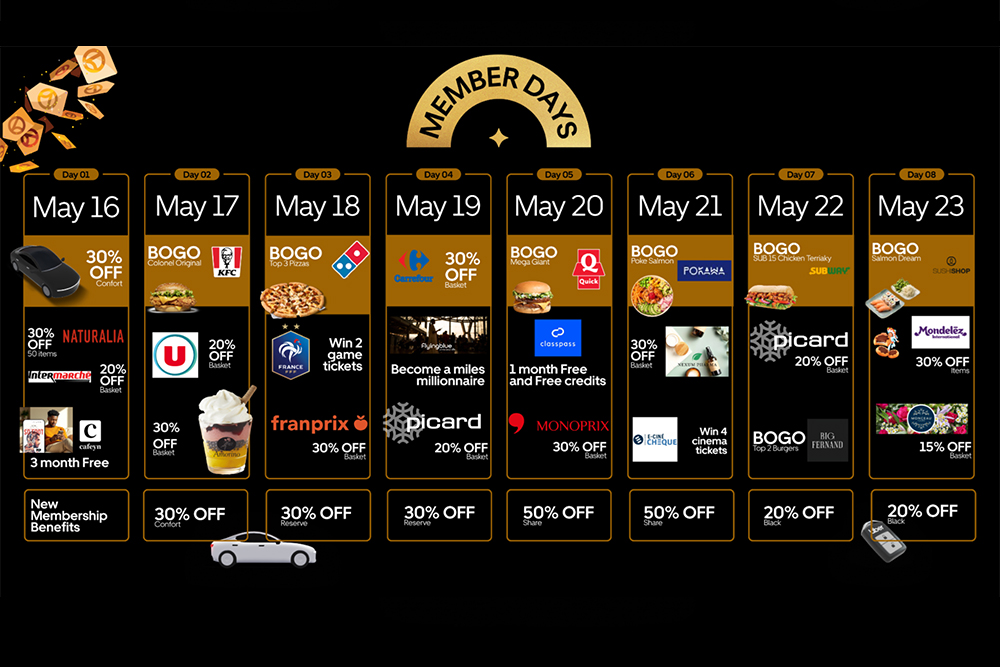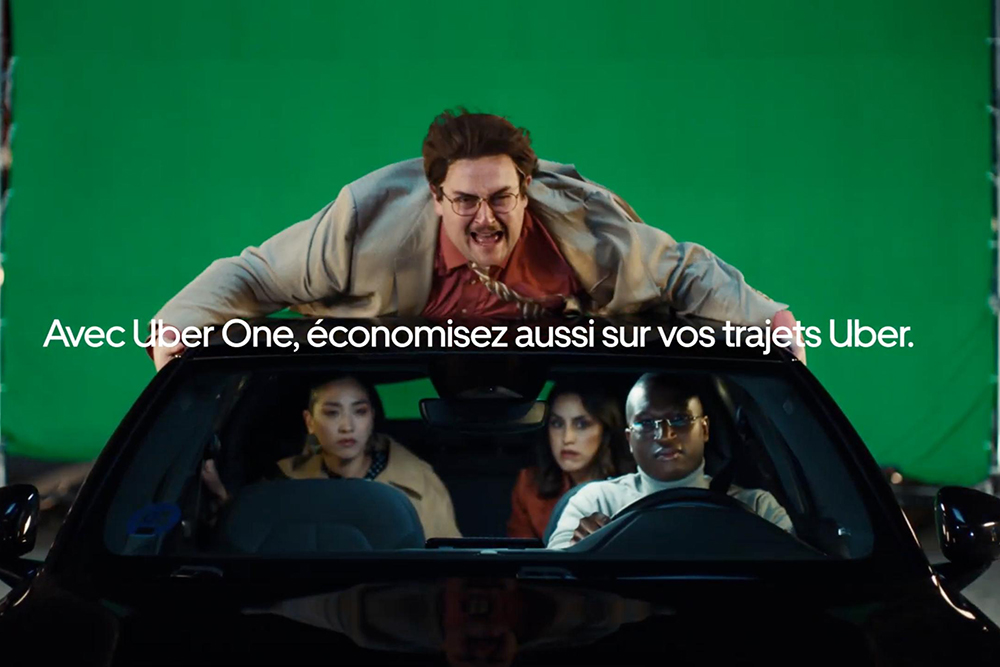Food - Uber Eats: From Global Disruption to Local Innovation at Go-Get 2025
By Mulder, 14 may 2025

Uber Eats has come a long way since its humble beginnings in 2014, first as UberFRESH in Santa Monica, before establishing itself in more than 6,000 cities across 45 countries. But if there's one thing Uber seems to do better than most tech companies, it's evolving at breakneck speed. The latest edition of Go-Get, Uber's annual flagship event held on May 14 in Paris, proved once again that the company is not resting on its laurels, but is refining its operations, integrating AI, and rewarding user loyalty. And if you're one of those people who orders lunch more often than you cook pasta, this year's announcements are likely to make your daily life much smarter and cheaper.
One of the most notable revelations was Uber France's official integration of ride-hailing into its Uber One loyalty program. While Uber Eats users have already been enjoying unlimited free delivery and other benefits as part of this subscription for two years, ride-hailing users in France can now get up to 10% off their rides. This discount can be stacked and reused on the Uber or Uber Eats app, turning every ride into a mini investment. It's a clever way to encourage users to stay within the Uber ecosystem, while subtly gamifying the mundane act of getting to work or to a restaurant. For those of us who live on both two wheels and four wheels, it's a welcome unification of services that finally recognizes our hybrid modes of using Uber.

Then there's the launch of Uber One Member Days, a global event that kicks off on May 16 and runs through May 23. Think of it as Uber's version of Amazon Prime Day, but extended to both rides and meals. These include discounts such as 50% off UberX Share, 30% off Uber Comfort, and promotional offers on Uber Eats from giants such as Carrefour and Picard, not to mention the classic “buy one, get one free” offers so popular with meal delivery enthusiasts. Among Uber's partners for this event are names such as Flying Blue and the French Football Federation (FFF), which are not exactly usual collaborators when it comes to discounts, suggesting that Uber is trying to present this event as more than just a tech event. It's a moment in life. A way of saying, “You get around, you eat, we take care of you.”
But perhaps the most fascinating development is the new AI-powered alert system for morning commuters. Clearly designed for those of us who hate checking traffic before our first coffee, this feature uses a combination of your trip history, driver availability, and real-time fare trends to let you know the best time to book your ride. It's like a futuristic alarm clock that doesn't just tell you to wake up, but tells you exactly when to call a car to maximize your savings and avoid delays. With Uber betting so heavily on predictive algorithms, the days of fumbling for your phone and rushing to find a driver during rush hour could soon be over.
What's interesting is that these recent changes aren't random: they're part of a broader strategy that Uber has been developing for years. Since its initial ambitions in meal delivery with UberFRESH, the company has gone through some very turbulent times: legal backlash for price manipulation, costly battles for market exclusivity, and constant tension between restaurant profitability and delivery fees that can reach 40%. Lawsuits in New York and controversies over facial recognition in the UK, such as the case where AI unfairly excluded a Black delivery driver from the platform, have raised legitimate concerns about the fairness and transparency of algorithms. Let's not forget the symbolic strikes that rocked Uber's operations in the UK, where drivers demanded a minimum of £5 per delivery.

Despite these challenges, Uber Eats continues to expand strategically. Last May, Uber entered the Turkish market by acquiring 85% of Trendyol Go, a major meal and grocery delivery platform. This is a $700 million bet on localized logistics and an admission that sometimes the best way to win abroad is to partner with companies that already know the terrain. This is a familiar strategy for Uber, which did something similar in the Middle East with Careem, essentially withdrawing from certain countries while maintaining a presence through local partners.
If you've followed Uber's journey, the deeper message of Go-Get 2025 becomes clear: it's not just about delivery anymore. It's about building a smart, ubiquitous network of services where rides and meals are just the beginning. From AI-powered ride alerts to drone delivery pilots in Los Angeles to robots like Cartken rolling down the sidewalks of Miami, Uber Eats is moving from “disruption” to “optimization.” The company wants to know where you're going, what you're eating, when you're leaving, and how to best leverage that data to make your life easier and your wallet lighter—but only in a good way.
Go-Get 2025 wasn't just a list of updates, but a glimpse into how Uber envisions the future of urban life: seamless, predictive, personalized, and accessible with just a few clicks. The challenge now is to strike the right balance between this ambition and transparency, fairness, and sustainability. But if history is any indication, Uber Eats isn't just trying to keep up—it's betting it can stay ahead of the curve, even as the rest of the world catches up to what the future of convenience really looks like.
(Source: press release)

